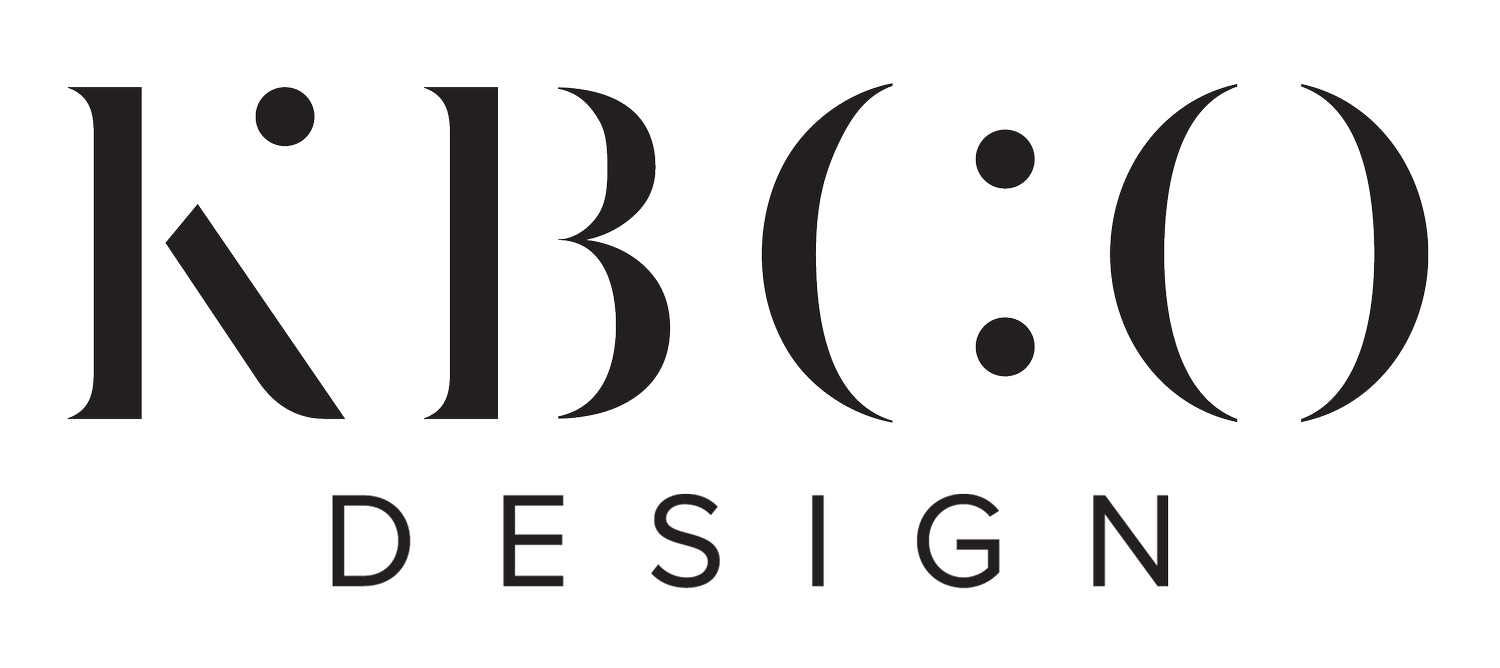The Different Styles of Minimalism
Do you ever feel a little unsure about the word, “minimalist?”. Maybe you think of blank white spaces filled with, well not very much!
The minimalist trend rises and falls often, but it’s not quite as stark and white as you would think! Minimalism isn’t just about getting rid of things and living in an all-white room. Minimalism is about eliminating the unnecessary so we can focus on what matters most, and that’s going to be different and unique to everyone. While the minimalist aesthetic has traditional roots in Japan's Zen Buddhism and Scandinavian design, the more mainstream minimalist movement began to emerge in the 1960s.
Minimalism isn’t just an aesthetic, it's a state of mind and a way of being. Clearing up space in the home clears space in our minds too! It generates a sense of freedom and serenity.
There are a few ways to create this look if you're seeking guidance! Here are some of the styles of minimalism that can be seen in the design world.
The Eco Minimalist
Also known as a ‘green minimalist’ or a ‘sustainable minimalist’, this style embraces the principles of minimalism and then applies them to recycle, reuse and repurpose what they have. The eco minimalist aims to reduce their carbon footprint and leads a sustainable way of life.
This design style can be identified by the use of vintage or recycled items, upcycling is very common and encouraged including the purchase of eco-friendly vegan furnishings. You’ll often see artisanal, vintage, and homemade objects and furniture. The minimalist neutral palette (for example soft terracotta, gray, olive green, or a nude beige) is very popular for that style.
Raw materials such as wood, stone, and concrete are used over imitations because these materials carry some imperfections, are not all identical, and will live over time. It creates a truly unique, one-of-a-kind design.
The Aesthetic Minimalist
This design is most likely the classic imagery you think of when you think of minimalism. Finding beauty in simplicity. The focus is very visual, with quality being the main factor over quantity. Minimalist interior design involves using the bare essentials to create a simple and uncluttered space. This style uses only the essential elements of design, those being light, form, and beautiful materials, often in an open plan layout, to create a deep sense of freedom, relaxation, and peace. Very few furnishings are used and those that are uncomplicated and blend harmoniously into the space. This might be in the form of a single piece of artwork adorning a living room wall, or a vase or sculpture placed on the coffee table.
The main purpose of this style is practicality: having an open clean space to feel good in. Spacious, light, and often using monochromatic color schemes, soft textures, and neutral tones in furniture or decor.
Monochromatic color schemes - design ideas
Colors such as white, grey, and beige are the typical colors found in any minimalist design. The idea is that this design is a blank slate, creating an airy and bright feeling with a touch of elegance. Often this simple color palette is punctured with one or two accessories of a contrasting color such as a warm grey or blue. If you have a piece of artwork or a vintage piece that you love, this is the perfect way to show it off.
At times, minimalist designs risk feeling a little soulless and cold. To ensure your minimalist-designed space also has a welcoming feel, there are a few small finishing touches you can make.
The Spiritual Minimalist
This element of minimalism really focuses on the energy, feeling, and how space affects an individual. The sole idea is to feel good, no matter what that looks like. Often spaces have set intentions, for example adding a meditation corner to a room or even an altar of sorts - all while keeping objects to a minimum. It’s all about the emotional quality of a space. If you can imagine the ideal room that feels peaceful to you, what would that be?
If you’re feeling drawn to creating your own minimalist home, trust that it gets to be a truly meaningful experience not just for your home, but for you too. Clear your mind and your home together. To figure out your next steps (share designer contact details).


